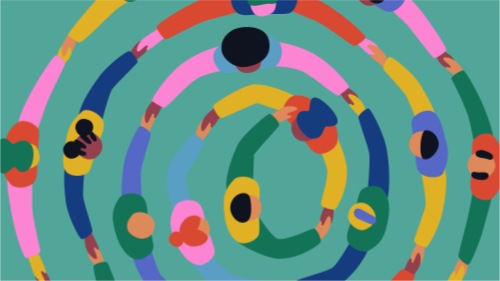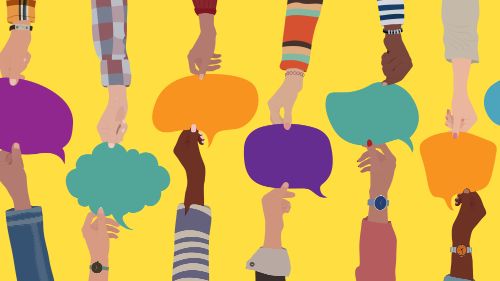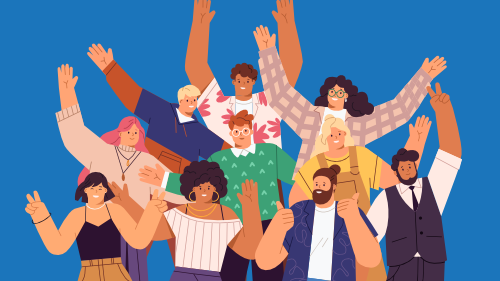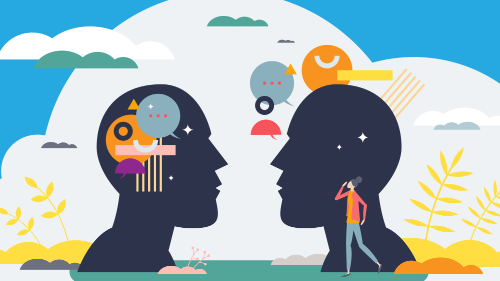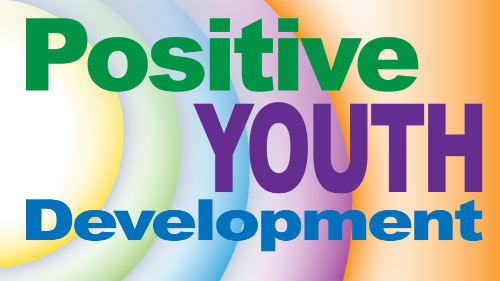Inclusiveness: Building Stronger Connections
Many people who find themselves drawn to working with youth do so because they had a positive experience with an adult role model during their own childhood. Others enter youth work because they want to be that person — the one they needed growing up. More often than not, youth workers are able to see themselves in the young people they work with.
But what happens when they don't?
The ability to connect is one of the strongest "superpowers" any youth worker has. And just like Superman, there is a "kryptonite" that can undermine that power. Unfortunately, any of us can carry it unwittingly.
Bias, a tendency to believe that some people or cultures are better than others, can result in our treating some people unfairly. Bias can present itself in many forms — usually when we are in the presence of a person or practice that is unfamiliar to us, or that we were taught to fear. We can find ourselves more judgmental or disconnected from people whenever we assess them, often unconsciously, as somehow "other." Regrettably, if left unchecked, even the smallest bias can deeply impact the relationship with a young person.
In youth work, we must also deal with the biases of the young people we are working with. It's on us to create safe, inclusive environments for our work with youth.
Cultural competence, which Child Trends defines as "the ability to work and respond in a manner that acknowledges and respects individuals' culturally-based beliefs, attitudes, behaviors, and customs," is a quality that youth work professionals can continually develop. On this page, we offer resources to help professionals assess their own biases, address bias and inclusion in programming and classrooms, and create inclusive environments.
Assessing and Addressing Our Own Biases
An honest assessment of our own biases is an excellent place to start.
Self-Assessments
This page links to a range of tools and documents for self — and organizational — assessment. National Center for Cultural Competence.
Project Implicit
Project Implicit offers implicit-association tests (IAT) that can reveal unconscious bias across a range of dimensions. Tests can be taken anonymously at your computer. Registration is required. Harvard University.
Hidden Biases: Is this a concern for youth work professionals?
Based on the work of Mahzarin Banaji and colleagues at Harvard University, this webinar introduces hidden biases and automatic thinking that can affect the way we work with youth and with each other. View the slides here. ACT for Youth.
Four Ways Teachers Can Reduce Implicit Bias
In this article, the author briefly discusses racial/cultural bias in education, then turns to ways educators can actively fight bias in themselves and treat all of their students with dignity and care. Greater Good Magazine.
Addressing Bias
Simply saying "Don't say that!" does not address the root of any biased remark. Instead of explaining to a student or co-worker why their words could be hurtful, it teaches them to not say those words in front of you. Addressing bias is not an easy task — but it can be done. And just like building any other skill, it has to be practiced.
Anti-Bias Tools & Strategies for Educators
These resources provide a wide range of tips, tools, strategies, and lessons for educators, administrators, students, and family members to promote safe, respectful, and inclusive learning environments. Anti-Defamation League.
Learning for Justice: Topics
Whether you're looking for a text, webinar, or grab-and-go lesson, these resources will help your students explore identity and diversity, recognize injustice, and learn to take action. Learning for Justice.
Tools for Anti-Racist Teaching
In this four-part webinar series, educators explore tools for anti-racist teaching and consider the ways in which we can use media and media literacy to deepen our understanding of systemic racism. Wherever you are in your social justice journey, this series is designed to introduce you to curated anti-racism resources, support your own learnings of anti-Black racism, help you discover innovative ways to integrate media into inclusive teaching practices, and show you how to amplify your Black students' voices and experiences. PBS Learning Media.
Cultural Competence Check-Ins
Cultural humility is a dynamic and complex process requiring ongoing self-assessment and continuous expansion of one's cultural knowledge. The resources offered here will help you reflect on your current level of cultural competence to improve service delivery. American Speech-Language-Hearing Association.
Ableism 101
This blog post offers a brief overview of ableism with links to further resources. Access Living.
Creating Inclusive Environments
Creating Inclusive Program Environments for Youth with Different Abilities
This training curriculum aims to provide youth work professionals with information, practices, and activities that will help them promote inclusion and engagement for all young people. ACT for Youth.
Youth Celebrate Diversity
Youth Celebrate Diversity is dedicated to educating and empowering youth in order to advance inclusion and equity for all identities. On this website, they provide resources to promote a grassroots movement of students and educators.
Inclusion Tool Kit for After School Programs
This handbook aids programs seeking to create an inclusive environment for youth with special needs. Special Needs Inclusion Project.
9 Guidelines for Disability Inclusion
The Guidelines for Disability Inclusion can be used by any organization to ensure program initiatives and policies in the areas of physical activity, nutrition, and obesity are appropriate and accessible for people with disability. An implementation manual is also available. Commit to Inclusion.
LGBTQ Inclusion in Youth Program Environments
In this article, L. Maurer outlines strategies for making program environments more inclusive to lesbian, gay, bisexual, transgender, and queer/questioning youth. ACT for Youth.
Six Easy Steps Towards Gender Inclusive Practice
These steps are part of an extensive list of education resources from Gender Spectrum.
Activities and Lesson Plans
SEL Tookit: Social Awareness
On this page of the Social and Emotional Learning Toolkit, we connect to resources for teaching empathy and creating inclusive and safe environments. ACT for Youth.
Learning for Justice: Classroom Resources
This database of classroom resources, which can be searched by grade level and topic, offers a range of anti-bias activities. Southern Poverty Law Center. Learning for Justice.
Equity Conversation Guides for Young Leaders and Partners
This set of four guides provides instructions for facilitators to lead groups of young people in understanding the history of structural racism and how it operates today. Groups learn terms and concepts for discussing racism and equity, make group agreements that encourage open and productive conversation, and learn how youth organizing has produced lasting positive change. Annie E. Casey Foundation.
